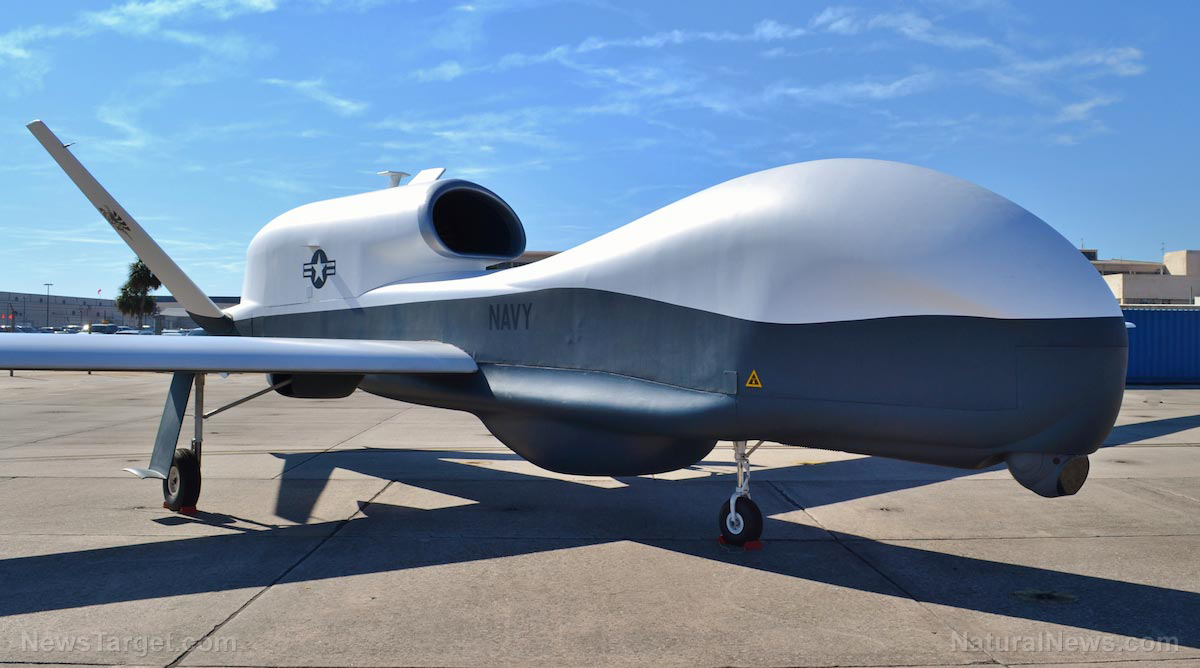
The 20th chairman of the Joint Chiefs of Staff has predicted that robots and other smart machinery could end up replacing up to one-third of the United States Armed Forces within the next 10 to 15 years.
For years, militaries have been experimenting with various robotic and AI technologies, such as armed drones, robotic dogs and mechanical mules. And now, with advancements in the defense industry, these technologies are now becoming more viable. (Related: U.S. Air Force launches first ever AI-piloted fighter flight as American military pivots to human-less warfare.)
During Axios' Future of Defense event on July 11, retired Army Gen. Mark Milley noted that the number of human troops is likely to decrease as unmanned and artificial intelligence-driven tools become more prevalent in warfare tactics.
"Ten to fifteen years from now, my guess is a third – maybe 25 percent to a third of the U.S. military will be robotic," said Milley.
The U.S. Army is currently exploring human-machine integrated formations, where soldiers operate alongside robots. Meanwhile, the Air Force is developing "collaborative combat" aircraft that can fly with human pilots to gather intelligence, disrupt enemy electronics, and engage targets. These advanced aircraft aim to gather intelligence, disrupt enemy electronics and execute precision strikes on targets.
"Your two big ones that are emerging very rapidly are the introduction of robots and the enormous power of quantum computing and AI. These changes mark some of the biggest shifts in the character of war," Milley stated.
Human knowledge is under attack! Governments and powerful corporations are using censorship to wipe out humanity's knowledge base about nutrition, herbs, self-reliance, natural immunity, food production, preparedness and much more. We are preserving human knowledge using AI technology while building the infrastructure of human freedom. Speak freely without censorship at the new decentralized, blockchain-power Brighteon.io. Explore our free, downloadable generative AI tools at Brighteon.AI. Support our efforts to build the infrastructure of human freedom by shopping at HealthRangerStore.com, featuring lab-tested, certified organic, non-GMO foods and nutritional solutions.
Moreover, the Navy is moving toward the creation of a so-called "hybrid fleet," as it incorporates more unmanned surface and underwater vehicles into its compliment of vessels.
Use of military AI technology raises ethical concerns
Despite the promising advancements, the increasing use of autonomous systems in warfare raises concerns about the potential for "killer robots."
In line with this, U.S. policy mandates that a human must be responsible for making the final decision to use lethal force. Robotics serve broader purposes, such as transporting supplies over long distances or evacuating injured fighters from the battlefield, but Milley still believes that it is crucial to keep humans involved in the decision-making process for weapons deployment.
"I lean toward humans in the loop. But I think this is going to be something that people are going to have to come to grips with here in the next decade or so," Milley said.
Milley then concluded that the country that optimizes these technologies for military use could gain a significant – and potentially decisive – advantage in armed conflicts. "The country that optimizes those technologies for military use is going to have a very significant – and potentially decisive – advantage in an armed conflict," Milley said.
But this transformation could also have ethical implications. Milley said the society will need to address these ethical considerations in the coming decade.
Follow WeaponsTechnology.news for more stories about AI technology used by military forces.
Watch the video below that shows Ukrainian autonomous so-called "terminator drones" targeting and striking a group of Russian infantry.
This video is from the High Hopes channel on Brighteon.com.
More related stories:
US military possesses advanced technology that can cause typhoons, earthquakes, floods and droughts.
U.S. military and contractors are exploiting Ukraine conflict to test AI-powered military technology.
US military experimenting with artificial intelligence that can predict the future.
Sources include:
Please contact us for more information.



















